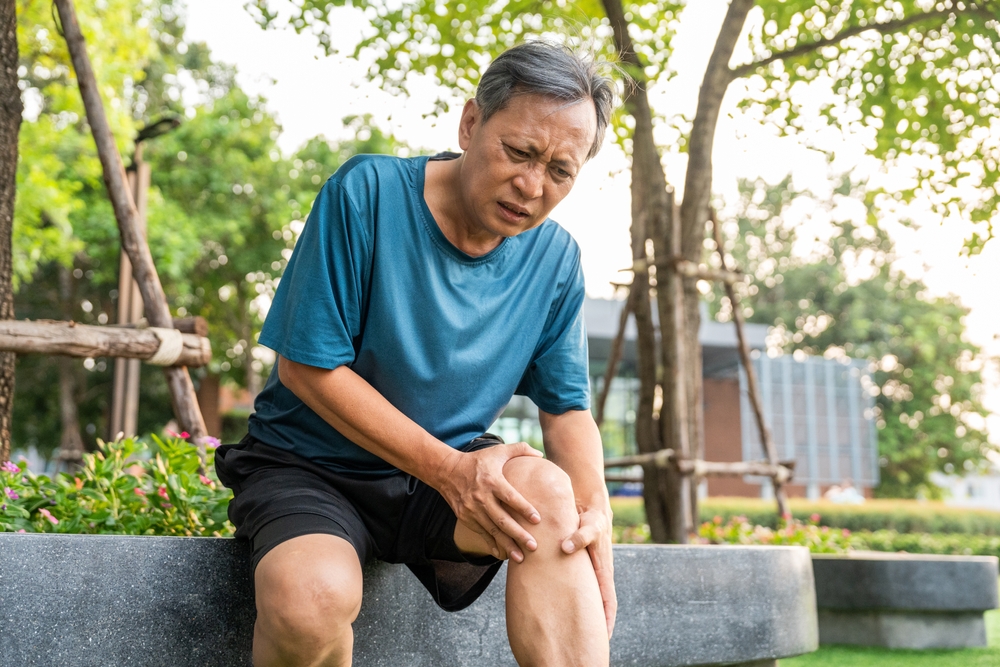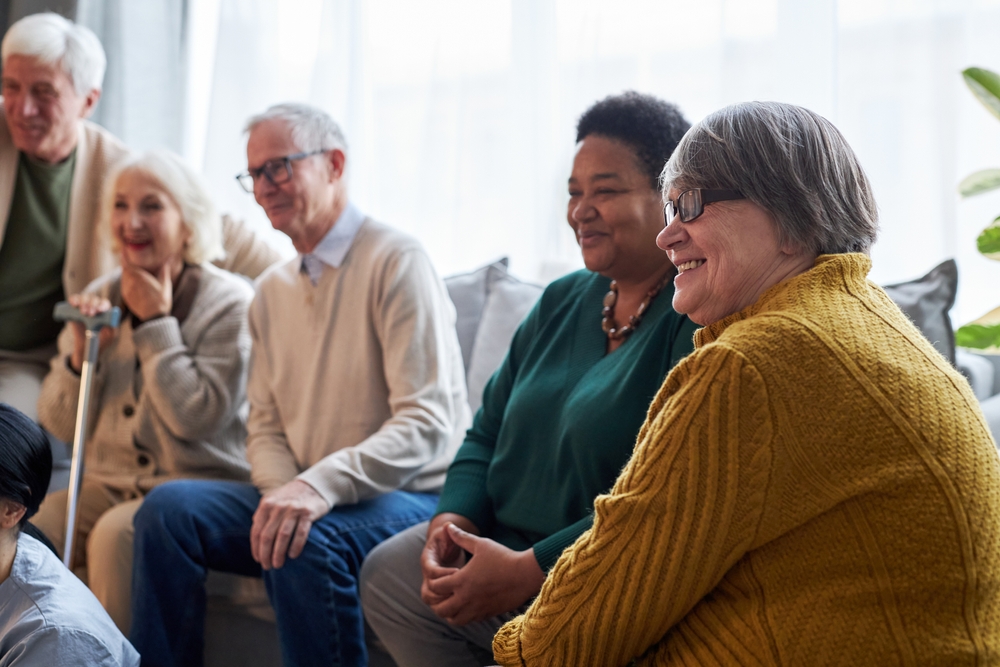Leg Cramps in Elderly Adults
Category:

As you age, your tendons naturally shorten and result in leg muscle cramps. These cramps are more likely to occur at night (in fact, 75% of reported leg cramps occur during this time) while you’re trying to sleep and can make it quite challenging to rest. Nearly every adult older than 50 will experience them at least once, and 33% of people over 60 will have a nocturnal leg cramp once every two months. Luckily, these cramps are treatable and preventable. In this post, we will present the symptoms, causes, treatment, and prevention for leg cramps.
Symptoms of Leg Cramps in Elderly
Before we take a closer look at the causes of leg cramps at night in elderly adults, you should learn more about what these leg cramps feel like. Here’s a brief look at a few symptoms of nocturnal leg cramps in seniors:
-
Contractions occurring during bedtime but occasionally during wakefulness
-
Sudden, involuntary hardness or tightness in your leg, foot, or thigh muscles, indicating a strong muscle contraction
-
Pain relief achieved through forceful stretching of affected muscles to release the contraction
-
Pain lasting several seconds to several minutes
Now that we know more about what you’re experiencing, we’ll take a look at what causes leg cramps at night in the elderly.
Download a Free Guide to Home Care
Causes of Severe Leg Cramps in the Elderly
There is not one leading cause of leg cramps in seniors. They can depend on various factors, including lifestyle, health conditions, and medications you take. Here is a closer look at examples of what causes leg cramps in seniors:
-
Lifestyle
-
Too much high-intensity exercise
-
Sitting for long periods or sitting improperly
-
Stress
-
-
Health Conditions
-
Acute kidney failure
-
Addison’s disease
-
Anemia
-
Chronic kidney disease
-
Cirrhosis
-
Dehydration
-
Diabetes
-
Diarrhea
-
Involuntary nerve discharges
-
Muscle fatigue
-
Nerve damage
-
Osteoarthritis
-
Parkinson’s disease
-
Restriction in the blood supply
-
Thyroid diseases, such as hyperthyroidism and hypothyroidism
-
-
Medications and Procedures
-
Alzheimer’s medication
-
Blood pressure drugs
-
Cholesterol-lowering drugs
-
Dialysis
-
Diuretics
-
Treatment for Leg Cramps in Elderly Adults
Nocturnal leg cramps in the elderly can be a nuisance, but they are treatable. Here are some ways to relieve leg muscle cramps in seniors:
-
Gently massage the affected muscle
-
Stretch (Straighten your leg if it’s in your calf. Flex your foot, so your toes are pointed toward you.)
-
Walk on your heels to activate the muscles opposite your calf
-
Apply heat to the affected muscle
-
Drink pickle juice, which is believed to help alleviate muscle cramps
-
Take over-the-counter painkillers, such as Tylenol or Advil
Prevention for Leg Cramps in the Elderly
While you can always treat nocturnal leg cramps, we know it’s more ideal to not have them entirely. Here’s a look at a few ways to prevent severe muscle cramps in the elderly:
-
Change your sleeping position, so your feet point downward, or try sleeping on your back with your pillow behind your knees
-
Sleep with loose, untucked sheets and comforters to keep your feet pointed upward
-
Drink plenty of fluids
-
Stretch your legs (especially your calves and hamstrings) before bed
-
Wear supportive footwear during the day, especially if you have flat feet
Subscribe
Date: 2020-10-27
Category:


